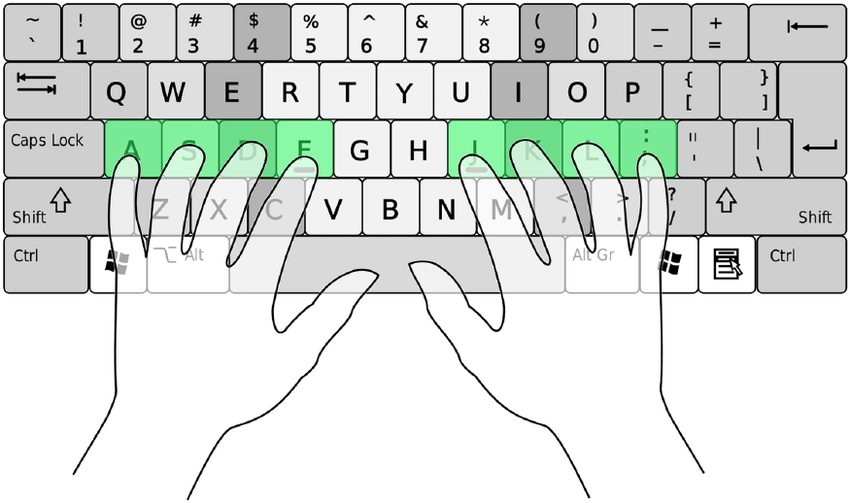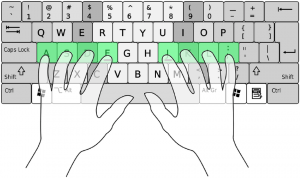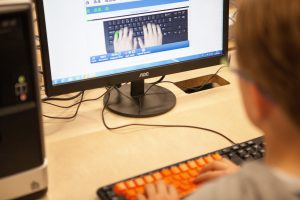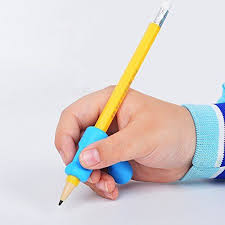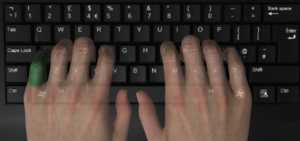Benefits of touch typing for a child with dyslexia
Touch typing is a technique that creates a structure where you have to place different fingers on specific areas on your keyboard. You are using all your 10 fingers, and each one is in charge of a section or a column on the keyboard and it all starts with the home row.

What is dyslexia?
Dyslexia is a common learning difficulty that mainly causes problems with reading, writing and spelling. It’s a specific learning difficulty, which means it causes problems with certain abilities used for learning, such as reading and writing and has nothing to do with intelligence. Dyslexia affects up to 10% of the population and may impact an individual’s ability to split words into their component sounds, or phonemes.
Significantly, individuals with dyslexia are perfectly capable of comprehending complicated ideas and should not be limited in their potential because of a misunderstanding of their abilities. Sometimes all a person needs is a little more time to process information, or a new approach to processing information, such as having to listen to an ebook rather than reading.
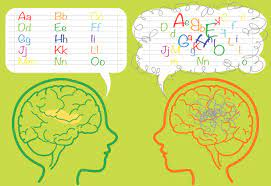
For many children and adults, developing good literacy skills involves overcoming the obstacles offered by specific learning impairments such as dyslexia. Dyslexia affects reading, writing, and spelling ability, but it can also lead to low self-esteem and a lack of confidence in the classroom.
Mnemonic devices help in the learning of challenging words’ spelling. Reading requires reduced cognitive work when high-frequency language is memorised.
Also, dyslexics who have received touch typing education can reinforce phonics knowledge, employ muscle memory to remember word spellings, and facilitate the translation of concepts into written language.
This makes the process of writing less difficult and makes writing more seamless and effective.

-Typing vs writing contrast, MRI images Higashiyama et al, 2015, Japan, Cognitive NeuroScience PLOS
Why learning how to touch type is suitable for a child with dyslexia:
Ideas flow smoothly from the fingertips and onto the screen while touch typing. There isn’t any distraction generated by letter formation. Spelling errors may be easily made and corrected without the discomfort of erasure marks or hasty crossing out. Many children who have severe learning disabilities struggle with English spelling at first because of its extremely irregular nature and the number of sound mappings that may be applied to the same letter and letter combinations.
Typing classes also expose students to numerous samples of written language, allowing them to become more comfortable with these words. It becomes simpler to spell and sight-read words after repeated exposure.
Children who learn to touch type via the type wiz programme have their phonics skills enhanced while simultaneously learning how to navigate a keyboard. This is due to the fact that letters and words are read aloud, presented on the screen, and typed by the pupil.
Producing work on a computer also frees the writer from attempting to process thoughts in a linear fashion. Dyslexic individuals in particular benefit from being able to capture thoughts and then structure them later on. It can even improve physical dexterity and actually help to handwrite.
![]()
Benefits of touch typing for someone who is dyslexic
- Touch typing provides phonics training helpful to dyslexic children
Typing assists dyslexic children in breaking down words into smaller sounds. This can be really beneficial for reading and spelling. Touch typing allows a dyslexic child to develop sound-letter correlation. This teaches a child which letters create which sounds. Touch typing also eliminates the child’s need to make letters. This allows a child to concentrate more effectively on the sounds and the characters that correspond to them.
-
Improved productivity
Concentration improves and output increases. They will be able to ‘write’ faster, sometimes up to five times their normal writing speed. This will save them time and make learning so much easier and enjoyable
-
Less stressful in exams
It means that in class or in exams, children with dyslexia can get their thoughts down on paper more easily because they don’t have to worry about how to form a word on paper. They don’t have to hold a pen in the right way to make a mark and they don’t have to make the letters and words look neat or spaced out.
- Touch typing employs multi-sensory learning and develops muscle memory.
Touch typing is multi-sensory as it links sight and hearing to touch. The tactile element of pressing the keys helps with remembering the sounds that make up tricky words. Touch typing also develops muscle memory which is very useful when learning letter patterns and spelling.
-
Typing at the speed of thought
Touch typing helps a child to think freely and type at the speed of thought as here is no distraction in having to look down at the keyboard to hunt and peck for the correct key. Making familiar patterns with the fingers starts to become automatic so that they begin to spell sight words and common words just by remembering the movement of their fingers on the keyboard.
-
Messy handwriting will be eliminated
Using a computer, individuals with dyslexia can type freely, without worrying about messy handwriting or errors. If they have learnt to touch-type properly, they will be typing accurately, barely having to hit the backspace key to correct their work. Another huge bonus, is when they are trying to stay focused on their thoughts.
.
-
Increased confidence
There are so many reasons why touch typing is the right choice for children with dyslexia. It helps them to transform their thoughts and ideas freely into words, giving them the confidence and ability to communicate effectively.
Why not get your child to try out our free trial assessment touch typing course where you’ll gain valuable insights into your child’s current typing accuracy and word per min speed.
There is no obligation to continue on and you will receive a report which will outline what your child’s typing speed will be in their first six months of attending a Searsol typing centre.
Click here https://searsol.com/find-centers/?search

